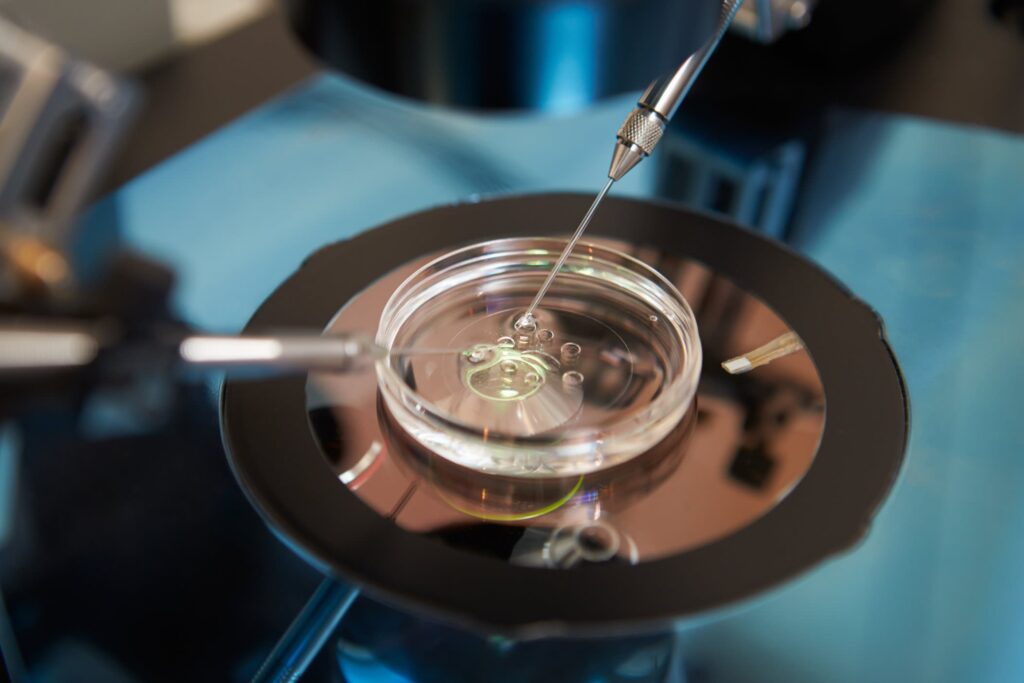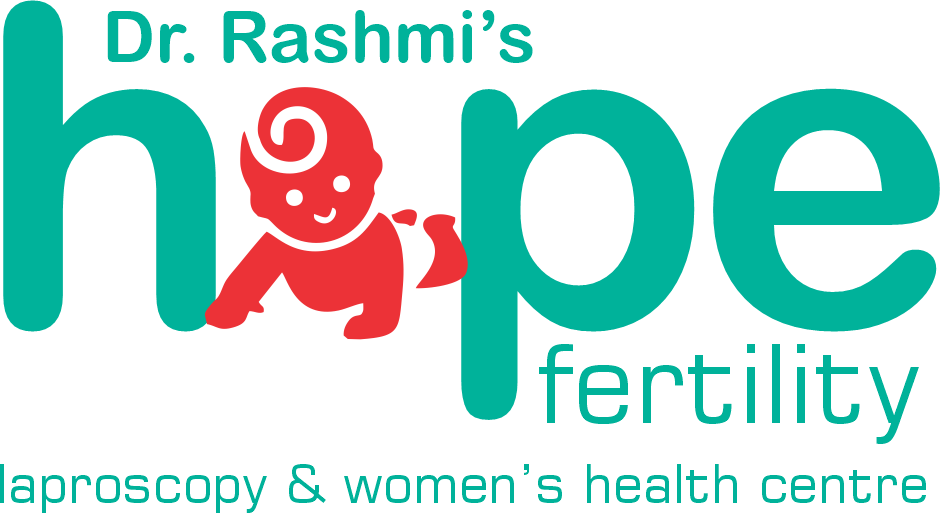Blastocyst Culture
Blastocyst Culture and Transfer
In standard IVF, embryos are grown under very strictly controlled conditions in the laboratory for two or three days. They are then transferred into the woman’s uterus (womb) and any additional embryos can be frozen for future use. Blastocyst culture refers to growing the embryos in the laboratory for two more days at which point they are referred to as blastocyst embryos. Blastocyst transfer simply means that the blastocyst embryos are transferred to the woman’s uterus on day 5 in exactly the same way that day 3 embryos are.
HOPE FERTILITY BEING BACKED UP BY GOOD IVF LAB, WITH AHU, HEPA FILTERS TO MAINTAIN GOOD AIR QUALITY, GOOD BLASTOCYST CONVERSION RATE IS HIGH AS RECORD BREAKING RATE OF UPTO 80 PERCENT
How do embryologists monitor embryos/blastocysts?
Every day the embryologists will look at the embryos to see how many of them have divided and assess their quality, and will keep the couple posted with all developments . When the embryos develop to the blastocyst stage, they use a 3-character grading system which focuses mainly on the Inner Cell Mass (ICM), the Trophectoderm (the outermost layer of cells) and the degree of expansion and size of the embryo. Under IVF culture conditions only about 60 to 70% of human embryos progress to the blastocyst stage after 5 days. Several eggs (oocytes) may have initially fertilised, but not all of them will progress to the four-cell stage on day two and to the eight-cell stage on day three in culture, and even fewer will develop into blastocysts.
Simply put, this self-selection process can be viewed as “survival of the fittest”. The embryos that survive to this stage of development are more likely to be strong, healthy, and robust.
WITH BACK UP OF EXCELLENT IVF LAB, TRANSFER OF EXCELLENT BLASTOCYST HAS BEEN OUR EXCELLENCE.

